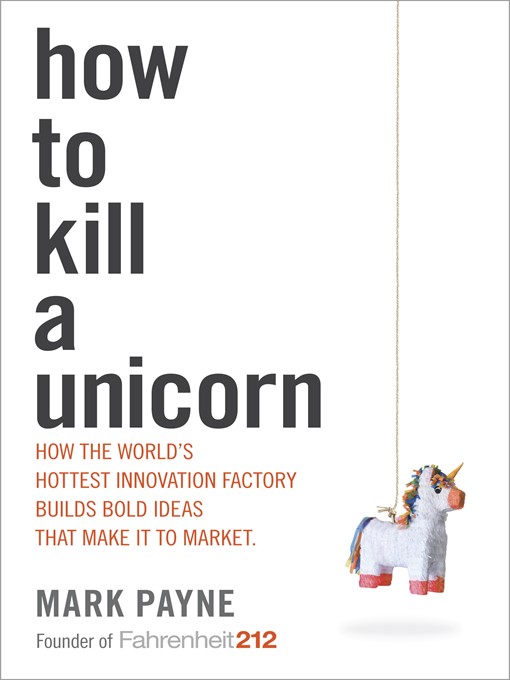
How to Kill a Unicorn
How the World's Hottest Innovation Factory Builds Bold Ideas That Make It to Market
- اطلاعات
- نقد و بررسی
- دیدگاه کاربران
نقد و بررسی

July 14, 2014
As cofounder and president of Farenheit 212, an innovation consultancy, Payne has his finger on the pulse of creative problem solving, but his first book is marred by heavy-handed self-promotion. While his company’s philosophy, team structure, and model for developing high-impact innovative solutions (centered on the concept of “Money & Magic”) is captivating, and its purported success impressive, the intense focus on his own company results in a self-congratulatory marketing piece rather than innovation guide. Statements such as “the concept of Money & Magic—blending commercial and creative capabilities to solve for the needs of the business and the consumer—felt like a very obvious answer as it came into view” detract from informative stories about innovation from those not clients, such as Progressive’s online price comparison tool and the development of the famous Eames chair. Even when describing challenging assignments, such as consulting gigs for the pet food company Nature’s Variety or distillery Tuthilltown Spirits, Payne’s emphasis on Farenheit 212’s process dominates the narrative and undermines what could have been an opportunity to draw readers into the creative world of innovation.

October 1, 2014
How modern creativity and innovative visions can form the linchpin of a successful business venture. For enterprises to succeed in today's aggressive marketplace, strategic marketing and progressive sales models are key, writes Payne, president and founder of consulting group Fahrenheit 212, which has worked with such leading companies as Starbucks, Samsung, Coca-Cola, Hershey's, Citibank and American Express. The author shares wisdom garnered from his corporation on how any innovator, regardless of experience, can develop products and services that "change people's lives." Payne directs readers toward ways they can successfully launch a new business or improve an already established one's popularity and revenue stream by intertwining growth strategies with creativity, a philosophy Fahrenheit 212 has dubbed "Money & Magic." Utilizing explanatory charts and graphic illustrations, the author offers professional advice on developing an effective business framework, alongside cautionary notes on avoiding the "unicorns": proposals that brim with drawing-board potential yet sputter out when realistically positioned within the contemporary market ("It's cool, but so what?"). As prime examples of how "two-sided thinking" (idea-building utilizing both consumer and business perspectives) comes into play, Payne explores industries mass-marketing commodities like coffee, fast food, pet food, spirits and car insurance. In all cases, creative, business-minded innovation proved a win-win situation, both companywise and in customer demand and satisfaction. While clearly a seasoned authority on the world of corporate innovation, Payne fumbles somewhat in the effective delivery of his message. Indiscreetly folded into all of this galvanizing guidance and myth-debunking are excessive self-congratulatory mentions of Fahrenheit 212's brainstormed achievements, winning methodologies and transformational insights, which, by the book's midsection, create a narrative that reads more like blatant self-promotion than supportive instruction. Useful, enlightening lessons on the rewards of innovative thinking cheerlessly diminished by counterproductive cross-promotion.
COPYRIGHT(2014) Kirkus Reviews, ALL RIGHTS RESERVED.




دیدگاه کاربران